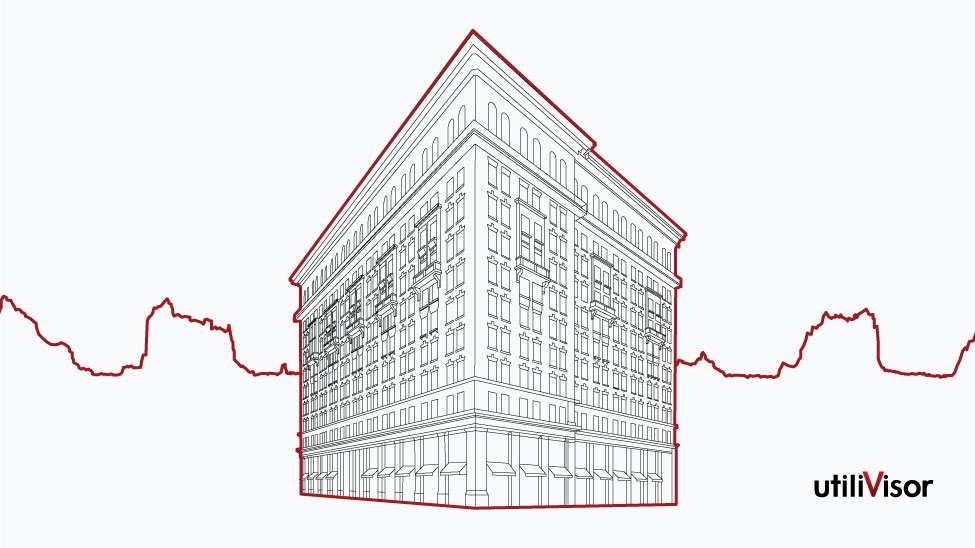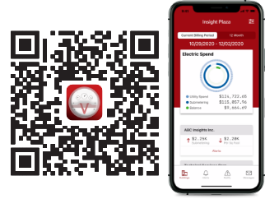The Benefits of Auditable Submetering for Mixed-Use Condominiums
How one condo board fulfilled its duty of care and exposed unbilled costs.
Background
It sounds simple. In a mixed-use building (i.e., one that has both commercial and residential units), the commercial tenants pay their commercial utility costs and the residential tenants pay their residential costs. But many buildings aren’t fully submetered, which makes it impossible to say how much of the building’s utility consumption is residential and how much isn’t.
At 225 Fifth Avenue, all the residential units were submetered, but only some parts of the commercial space had submetering. What wasn’t explicitly submetered in the commercial space therefore went into the residents’ common element costs (often called “common area costs”), even though an unknown portion was almost certainly only commercial usage.
The Challenge
Mindful of its duty of care to both residents and commercial tenants, the condo board turned to property management company First Service Residential for advice. How could they determine what costs were exclusively the responsibility of the commercial units? Without definitive data, the board was unwilling to invoice the commercial tenants blindly and likely end up in a long and drawn-out legal battle. Recognizing a classic submetering problem when they saw it, First Service Residential connected board member and resident Dennis Trunfio to utiliVisor to solve their electricity allocation issues.
An Irrefutable Solution
Over the course of 2022, utiliVisor vice president Peter Angerame and systems engineer Nick Saggio met with Trunfio and the building’s commercial tenants to discuss a submetering design and implementation plan. They also met with the building superintendents to verify how the different pieces of operational equipment were powered. The board, represented by Trunfio, was exacting in its request: they wanted an auditable system that isolated all commercial usage from residential and reconciled both “sides” of the building with the utility’s main electrical meter every month. Reconciling to the main meter was essential, said Trunfio.
The solution utiliVisor brought to the board featured 4 elements:
- A submetering system that accurately allocated electrical consumption
- An auditable process for monthly reconciliation of meter data
- Ongoing monitoring of electrical usage
- Monthly billing packages to allocate electrical costs to the responsible parties and confirm application of correct utility rates by utiliVisor’s billing analysts
The Results
Almost a full year into the project, the condo board has achieved its goal of full granularity into commercial and residential electrical consumption. Now they able to recoup costs by end beneficiary, rather than commingling commercial usage into the residents-only common element fees. Throughout the process, utiliVisor has worked to partner with every stakeholder and address their concerns. Thus what could have been (and often is) a very contentious and litigious experience has run very smoothly.
Not only is the new submetering system fairly allocating utility expenses for the first time, it’s also helped the board prepare for Local Law 97, New York City’s regulation on building carbon emissions. The system provides the board with validated data about the volumes and types of utilities being consumed. The specificity of that information will help the board and the commercial unit owner make investment decisions and be able to explicitly evaluate the ROI of those capital costs against potential fines.
And the good news keeps coming. In addition to recouping utility costs fairly, the project is also recouping its own costs beyond expectations. After the system began generating live data, the ROI estimate was reduced and full cost recovery should occur within one year – twice as fast as anticipated.
See how condo board member Dennis Trunfio navigated the board's duty of care to both commercial and residential tenants.
What problems were you having with allocating shared utility costs?
What brought these costs to light?
Why is submetering data necessary for recharging?
Why did you feel you needed an auditable submetering system?
About utiliVisor
Your tenant submetering and energy plant optimization services are an essential part of your operation. You deserve personalized energy insights from a team that knows buildings from the inside out, applies IoT technology and is energized by providing you with accurate data and energy optimization insights. When you need experience, expertise, and service, you need utiliVisor on your side, delivering consistent energy and cost-saving strategies to you. What more can our 40 years of experience and historical data do for you? Call utiliVisor at 212-260-4800 or visit utilivisor.com

